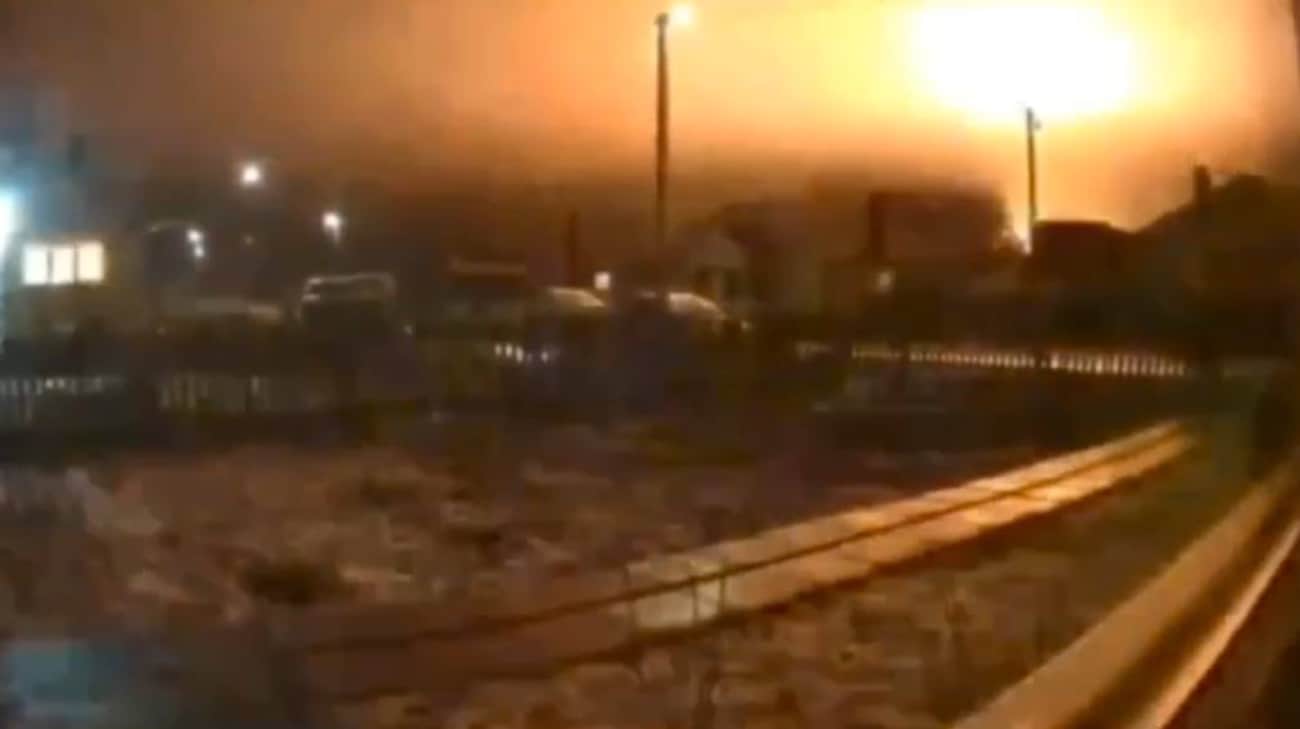Art is being stolen from public spaces. The worst part? Hardly anyone notices
The theft of art from public spaces may feel like a painfully middle class problem to despair on, but it affects us all, writes Andy Blackmore.


The theft of art from public spaces may feel like a painfully middle class problem to despair on, but it affects us all, writes Andy Blackmore
Somewhere between incandescent apoplexy and unreasoned rage, there is a sweet spot where anger is almost primal. Before I know it, I’m acting like a rabid dog and barking at the moon. The cause of my distress? A trend for the theft of public artefacts.
Thrice now I’ve been brought close to tears by thefts from public spaces, and at the risk of sounding so insufferably middle class, I do despair. The first theft was disheartening, to say the least, when back in 2011, thieves broke into Dulwich Park and stole “Two Forms (Divided Circle)” , a beautiful if heavy, heavenly bronze Barbara Hepworth sculpture.
It was exquisite and worth around half a million pounds, or perhaps priceless, depending on your view of art. The heartbreaking thing is that the metal thieves will have gotten a fraction of that when it was melted down as scrap. Scrap! Sacrilege. It was a despicable crime, but it pales into insignificance compared to the next offence.
Between August 19th and 24th this year, someone stole the bronze Royal Naval Volunteer Reserve Trophy (it looked like a large ship’s bell hidden in a small pavilion) from Crystal Palace Park – a Grade II-listed war memorial.
Truly priceless, it was erected to commemorate the valiant service of the Royal Navy Volunteer Reserve officers and men who served during World War One. Between 1914 and 1918, 125,000 such personnel were trained at the shore station HMS Victory VI located inside the park. Many thousands fought and died as poor bloody infantry during the hellish and savage battles at Gallipoli and Passchendaele.
It’s an old cliche, I know, but these thieves clearly understood the cost of everything (in this case the escalating cost of scrap metal) and the value of nothing. Because what they took was more than just cold lifeless bronze; it was history, memory and bloodstained sacrifice cast in metal. A monument, proud for all to see. And now it’s gone like it never existed.
An unremarkable little structure, I’d walked past it hundreds of times and I had no idea of its true significance.
With all the misery I see daily in my work as a newspaper picture editor, I feel almost ashamed to admit that the theft of that monument left me feeling sick and violated. Is nothing sacred? Sadly, from what I witness daily, I already know the answer.
It’s the sense of impotence that is crushing, I feel so powerless yet I also feel I must do something, the reason I write this now. So, even if it achieves nothing more than easing my sense of guilt at least it will have done that.
But it’s not just public art and war memorials targeted by scrap metal philistines and architectural salvage barbarians. Even humble half-noticed and half-forgotten pieces of our heritage such as communal horse and cattle troughs – once a vital resource for poor horses in a bygone before the combustion engine – are vanishing from our urban landscape.
Funded by public donations or individual philanthropists, these remnants of an age long past were quietly blending into the background until someone realised how much they were worth. Now they probably languish out of place and out of character as features in some hidden garden.
Water troughs, works of art and war memorials for heaven’s sake! These were precious pieces of functional and cultural history. Remnants of an age long past are now quietly being airbrushed from our lives. To me, their theft seems almost unfathomable and almost too tragic for words: the work of cultural pickpockets whose moral compass is so misaligned and misguided that it makes me want to scream.
This is not a victimless crime, since society as a whole pays. Our history is being snatched from before our very eyes, and before we know, not only will it have gone, we won’t even remember it was there – something as heartbreaking, as it is unforgivable.



